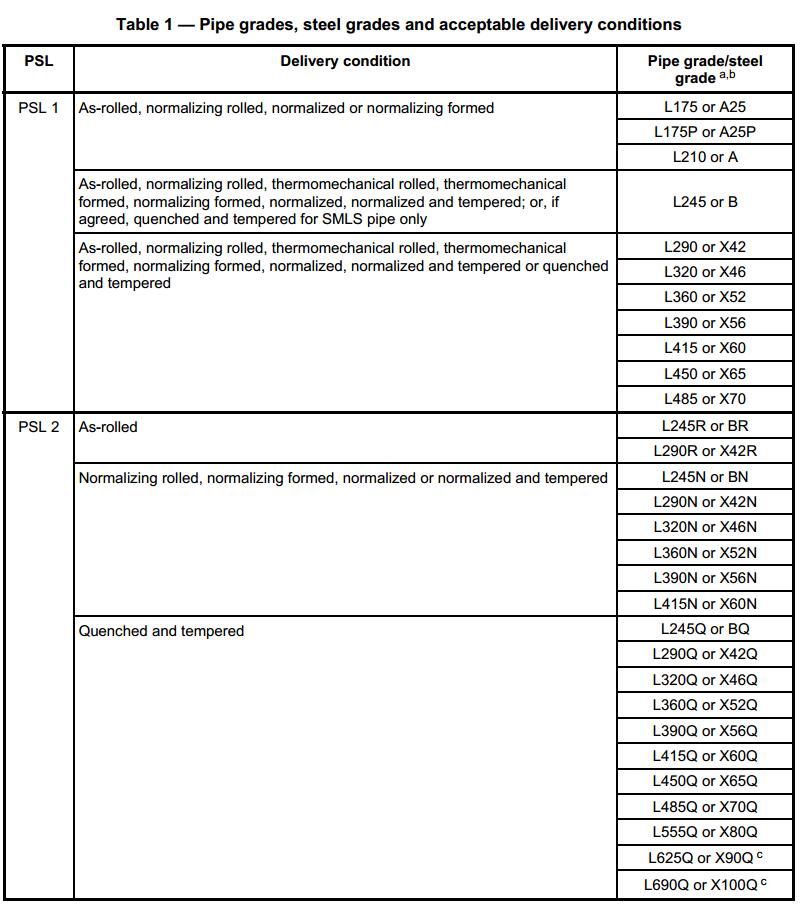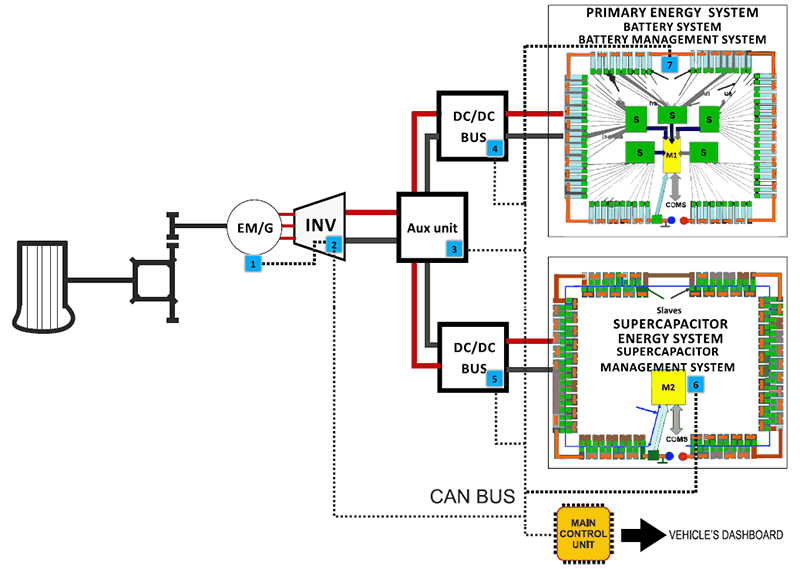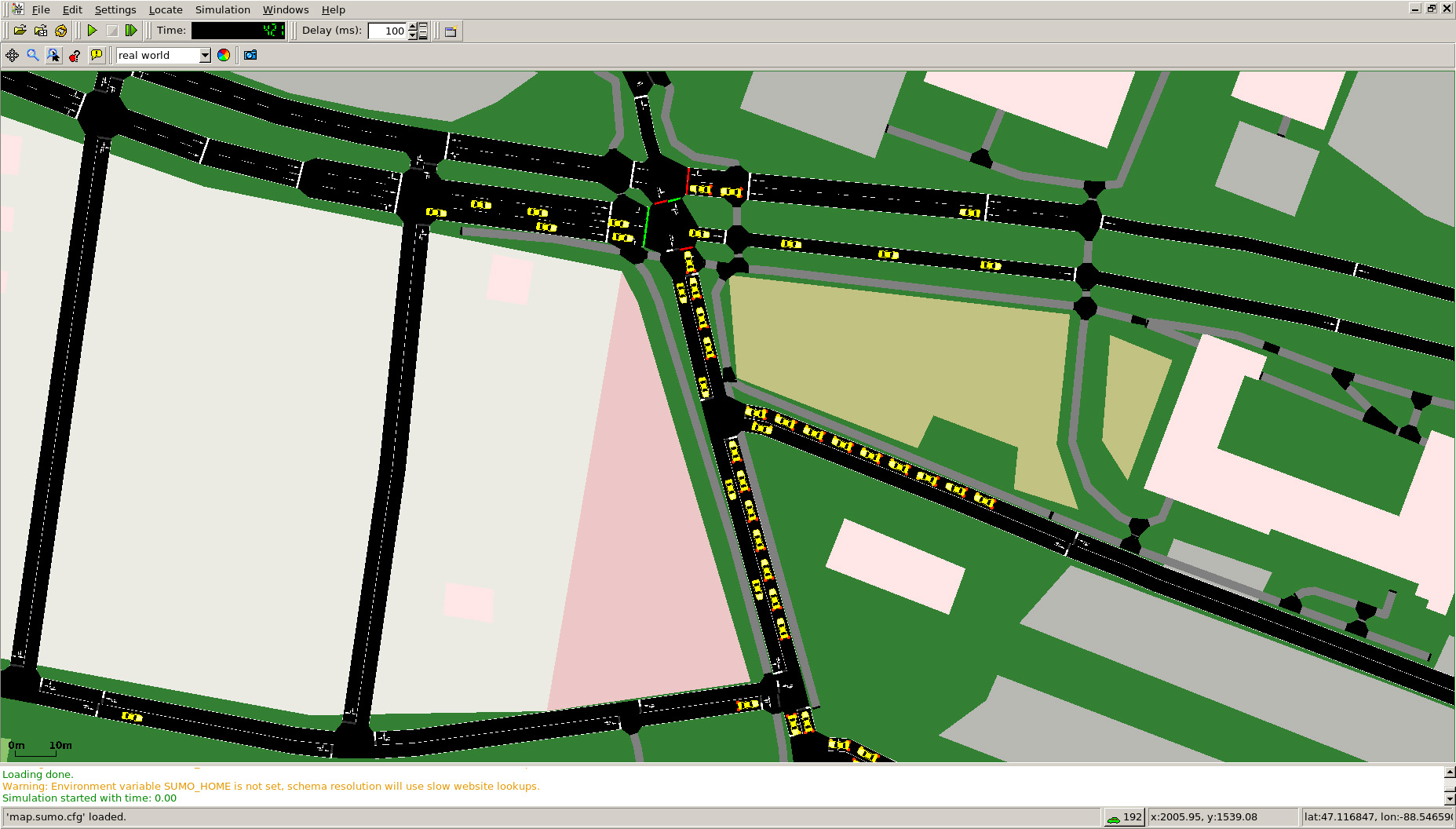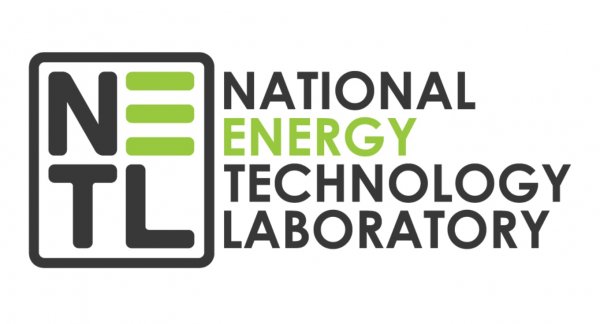DOE Technical Targets for Onboard Hydrogen Storage for Light-Duty Vehicles
DOE Technical Targets for Onboard Hydrogen Storage for Light-Duty Vehicles
This table summarizes technical performance targets for hydrogen storage systems onboard light-duty vehicles. These targets were established through the U.S. DRIVE Partnership, a partnership between the U.S. Department of Energy (DOE), the U.S. Council for Automotive Research (USCAR), energy companies, and utility companies and organizations. View a detailed explanation of these targets and the process used in deriving them.
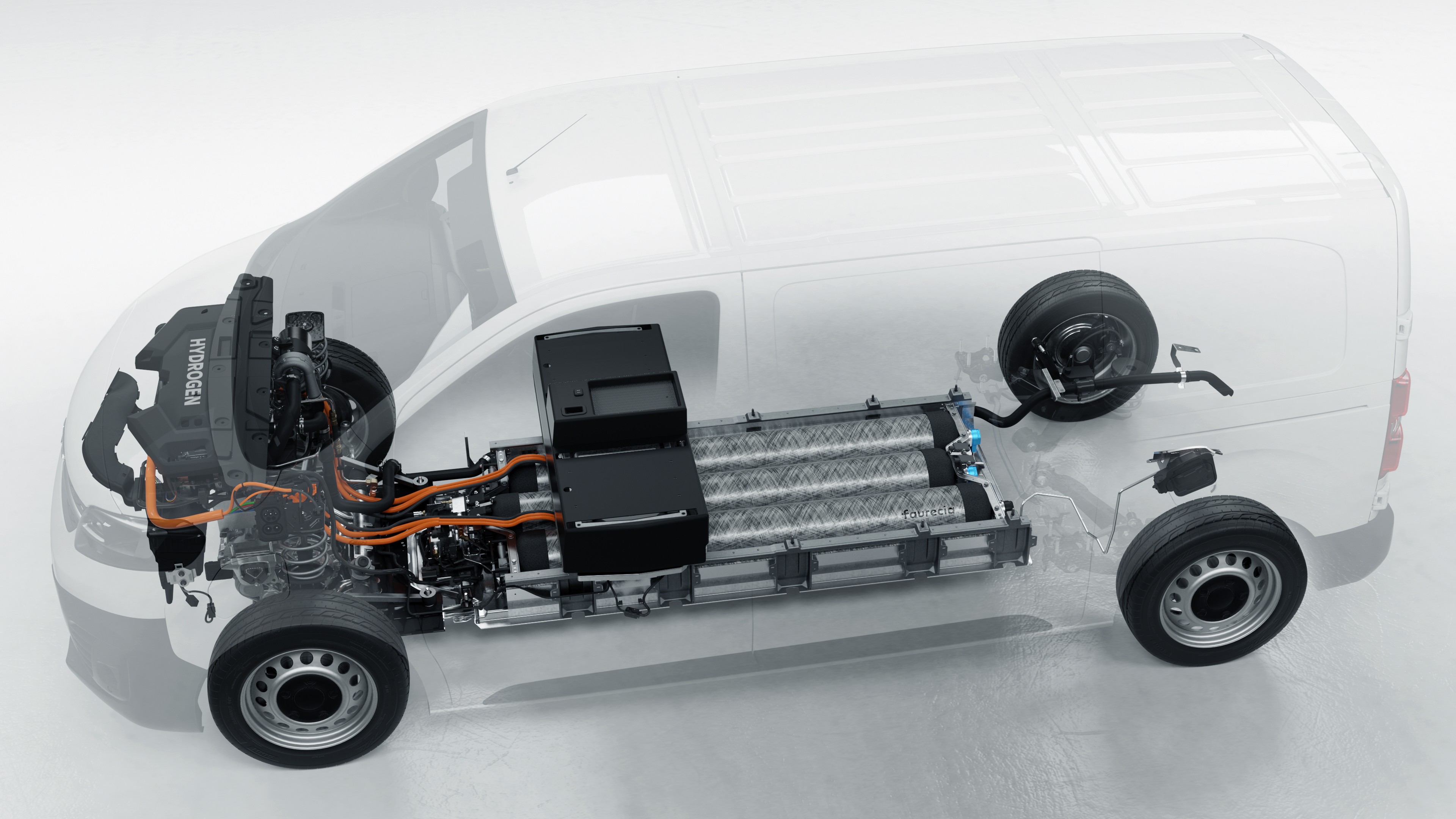
More information about targets can be found in the Hydrogen Storage section of the Fuel Cell Technologies Office's Multi-Year Research, Development, and Demonstration Plan.
Technical System Targets: Onboard Hydrogen Storage for Light-Duty Fuel Cell Vehiclesa
| STORAGE PARAMETER | UNITS | 2020 | 2025 | ULTIMATE |
|---|---|---|---|---|
| System Gravimetric Capacity | ||||
| Usable, specific-energy from H2 (net useful energy/max system mass) b | kWh/kg (kg H2/kg system) | 1.5 (0.045) | 1.8 (0.055) | 2.2 (0.065) |
| System Volumetric Capacity | ||||
| Usable energy density from H2 (net useful energy/max system volume) b | kWh/L (kg H2/L system) | 1.0 (0.030) | 1.3 (0.040) | 1.7 (0.050) |
| Storage System Cost | ||||
| Storage system cost | $/kWh net ($/kg H2) | 10 (333) | 9 (300) | 8 (266) |
| Fuel cost c | $/gge at pump | 4 | 4 | 4 |
| Durability/Operability | ||||
| Operating ambient temperature d | °C | -40/60 (sun) | -40/60 (sun) | -40/60 (sun) |
| Min/max delivery temperature | °C | -40/85 | -40/85 | -40/85 |
| Operational cycle life (1/4 tank to full) | cycles | 1,500 | 1,500 | 1,500 |
| Min delivery pressure from storage system | bar (abs) | 5 | 5 | 5 |
| Max delivery pressure from storage system | bar (abs) | 12 | 12 | 12 |
| Onboard efficiency e | % | 90 | 90 | 90 |
| "Well" to power plant efficiency f | % | 60 | 60 | 60 |
| Charging/Discharging Rates | ||||
| System fill time g | min | 3–5 | 3–5 | 3–5 |
| Minimum full flow rate (e.g., 1.6 g/s target for 80 kW rated fuel cell power) | (g/s)/kW | 0.02 | 0.02 | 0.02 |
| Average flow rate | (g/s)/kW | 0.004 | 0.004 | 0.004 |
| Start time to full flow (20°C) | s | 5 | 5 | 5 |
| Start time to full flow (-20°C) | s | 15 | 15 | 15 |
| Transient response at operating temperature 10%–90% and 90%–0% (based on full flow rate) | s | 0.75 | 0.75 | 0.75 |
| Fuel Quality | ||||
| Fuel quality (H2 from storage) h | % H2 | Meet or exceed SAE J2719 | ||
| Dormancy i | ||||
| Dormancy time target (minimum until first release from initial 95% usable capacity) | days | 7 | 10 | 14 |
| Boil-off loss target (max reduction from initial 95% usable capacity after 30 days) | % | 10 | 10 | 10 |
| Environmental Health and Safety | ||||
| Permeation and leakage j | – | Meet or exceed SAE J2579 for system safety | ||
| Toxicity | – | Meet or exceed applicable standards | ||
| Safety | – | Conduct and evaluate failure analysis | ||
Useful constants: 0.2778 kWh/MJ; Lower heating value for H2 is 33.3 kWh/kg H2; 1 kg H2 ≈ 1 gal gasoline equivalent (gge) on energy basis.
a) For a normalized comparison of system performance to the targets, a usable H2 storage capacity of 5.6 kg H2 should be used at the lower heating value of hydrogen (33.3 kWh/kg H2). Targets are for a complete system, including tank, material, valves, regulators, piping, mounting brackets, insulation, added cooling capacity, and all other balance-of-plant components. All capacities are defined as usable capacities that could be delivered to the fuel cell system. All targets must be met at the end of service life.
b) Capacities are defined as the usable quantity of hydrogen deliverable to the fuel cell system divided by the total mass/volume of the complete storage system, including all stored hydrogen, media, reactants (e.g., water for hydrolysis-based systems), and system components. Capacities must be met at end of service life. Tank designs that are conformable and have the ability to be efficiently packaged on board vehicles may be beneficial even if they do not meet the full volumetric capacity targets.
c) Hydrogen threshold fuel cost is calculated to be competitive with a gasoline hybrid vehicle, and thus is independent of pathway. It is defined as the untaxed cost of hydrogen produced, delivered, and dispensed to the vehicle. For material-based storage technologies, the impact of the technology on the hydrogen threshold fuel cost (e.g., off-board cooling, off-board regeneration of chemical hydrogen storage materials, etc.) must be taken into account.
d) Stated ambient temperature plus full solar load (i.e., full exposure to direct sunlight). No allowable performance degradation from –20ºC to 40ºC. Allowable degradation outside these limits is to be determined.
e) Onboard efficiency is the energy efficiency for delivering hydrogen from the storage system to the fuel cell power plant, i.e., accounting for any energy required operating pumps, blowers, compressors, heating, etc., required for hydrogen release.
f)Well-to-power-plant efficiency includes onboard efficiency plus off-board efficiency, i.e., accounting for the energy efficiency of hydrogen production, delivery, liquefaction, compression, dispensing, regeneration of chemical hydrogen storage materials, etc., as appropriate. H2A and HDSAM analyses should be used for projecting off-board efficiencies. Efficiencies less than the target may be acceptable if evidence can be given that well-to-power-plant carbon intensity (including delivery and dispensing of H2) can achieve less than 5 kg CO2e/kg H2. Argonne National Laboratory’s GREET model should be used to calculate the carbon intensity of well-to-power-plant energy use.
g) When applicable, the fill time should comply with SAE J2601, the Fueling Protocol for Light-Duty Gaseous Hydrogen Surface Vehicles.
h) Hydrogen storage systems must be able to deliver hydrogen that meets acceptable hydrogen quality standards for fuel cell vehicles (see SAE J2719 and ISO/PDTS 14687-2). Note that some storage technologies may produce contaminants for which effects are unknown and not addressed by the published standards; these will be addressed by system engineering design on a case-by-case basis as more information becomes available.
i) Dormancy targets assume vehicle is parked in 35°C ambient temperature and dormancy performance is maintained over the 15-year life of the vehicle.
j) Total hydrogen lost into the environment as H2; relates to hydrogen accumulation in enclosed spaces. Storage systems must comply with applicable standards for vehicular fuel systems including but not limited to SAE J2579 and the United Nations Global Technical Regulation No. 13 (hydrogen and fuel cell vehicles). This includes any coating or enclosure that incorporates the envelope of the storage system.
版权声明:本文为原创文章,版权归donstudio所有,欢迎分享本文,转载请保留出处!



